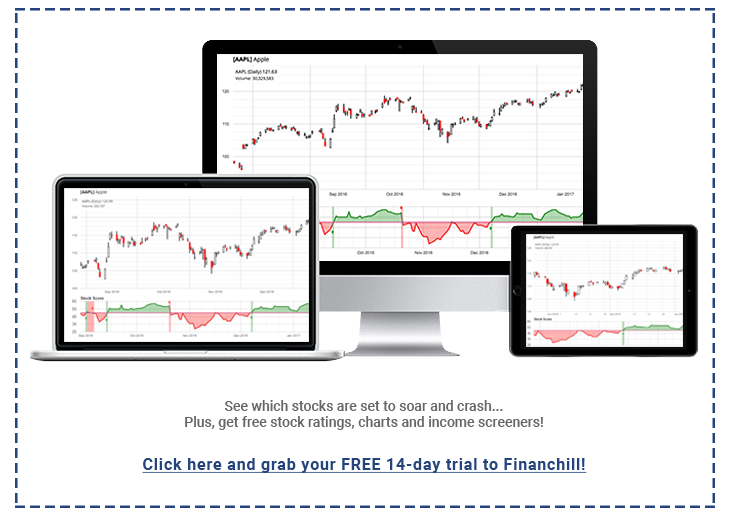
Losing on trades is a part of trading. However the difference between losing like an amateur and a professional are two different beasts. It’s the difference between making more profits, or continuing your losing streak.
You need to expect losses, so you might as well welcome it. The key is to figure out how to manage losing a trade.
No matter what you do, make sure you avoid these seven things when losing a trade.
1. Add to a Loser
Adding to a losing position is a surefire way to go broke quickly. Markets can and do make seemingly illogical, volatile moves. It can also trend up or down for a seemingly endless amount of time. Always remember: the market can stay irrational longer than you can remain solvent.
2. Adjust Stop-Losses
A protective stop-loss order is placed for a reason: To limit losses on a given position. When placing a trade, you should place a stop at a location that make sense given market volatility, risk tolerance and other factors. Do not give in to the temptation to adjust stops mid-trade. Doing so more often than not will make losses even larger.
3. Hope, Pray or Look The Other Way
Get out if the market is moving in an unanticipated direction, or if the premise of the trade is no longer valid. A losing trade simply means you are wrong on one decision, nothing more. The sooner the losing trade is exited the better.
4. Panic
Sometimes a losing trade can turn into a major winner. That being said, you must decide on risk tolerance before any trade is placed. If the original trade premise has not changed, stay with the trade even if it initially moves against you.
5. Look for Reasons to Stay in The Trade
When in a losing trade, you may become tempted to look for reasons to stay in the trade. You may think such things as believing that the unanticipated move is simply “stop-running” or an “anomaly.” Don’t fall into this trap-if you are wrong you are wrong and the market is always right.
6. Commit to holding
It can be tempting to buy a stock with no plan for getting out if the stock price declines. Yes, holding a stock for the long-term may be fine depending on your investment goals. However, simply planning to hold an asset indefinitely even when it sees significant declines in value may be a mistake. The “it’ll turn around eventually” mentality can be costly.
7. Exit Too Quickly
That’s right, even exiting a loser too rapidly can be detrimental to your account. This is especially true when trading in volatile markets like futures or high flying stocks. Even if the trade immediately becomes a loser, the trade must be given enough room to have a shot at being successful. See #4.
Any way you slice it, losing trades are a part of the game-a big part. Learning to lose like a professional may help you on the road to overall profitability. Avoiding the seven mistakes listed above can help you maintain an objective frame of mind while allowing a trade to run its course.
Looking for a proven, repeatable way to make easy, higher-potential trades?
In this limited-time free training, you will learn 3 super simple tricks used to generate consistent profits from day trading weekly options…











